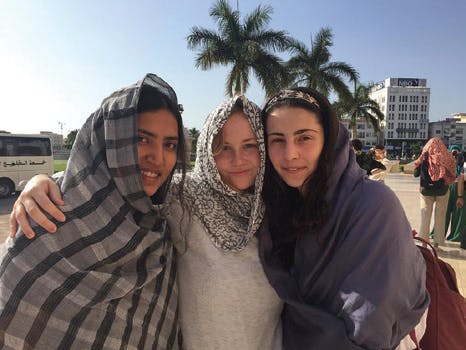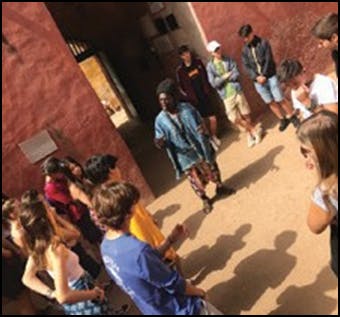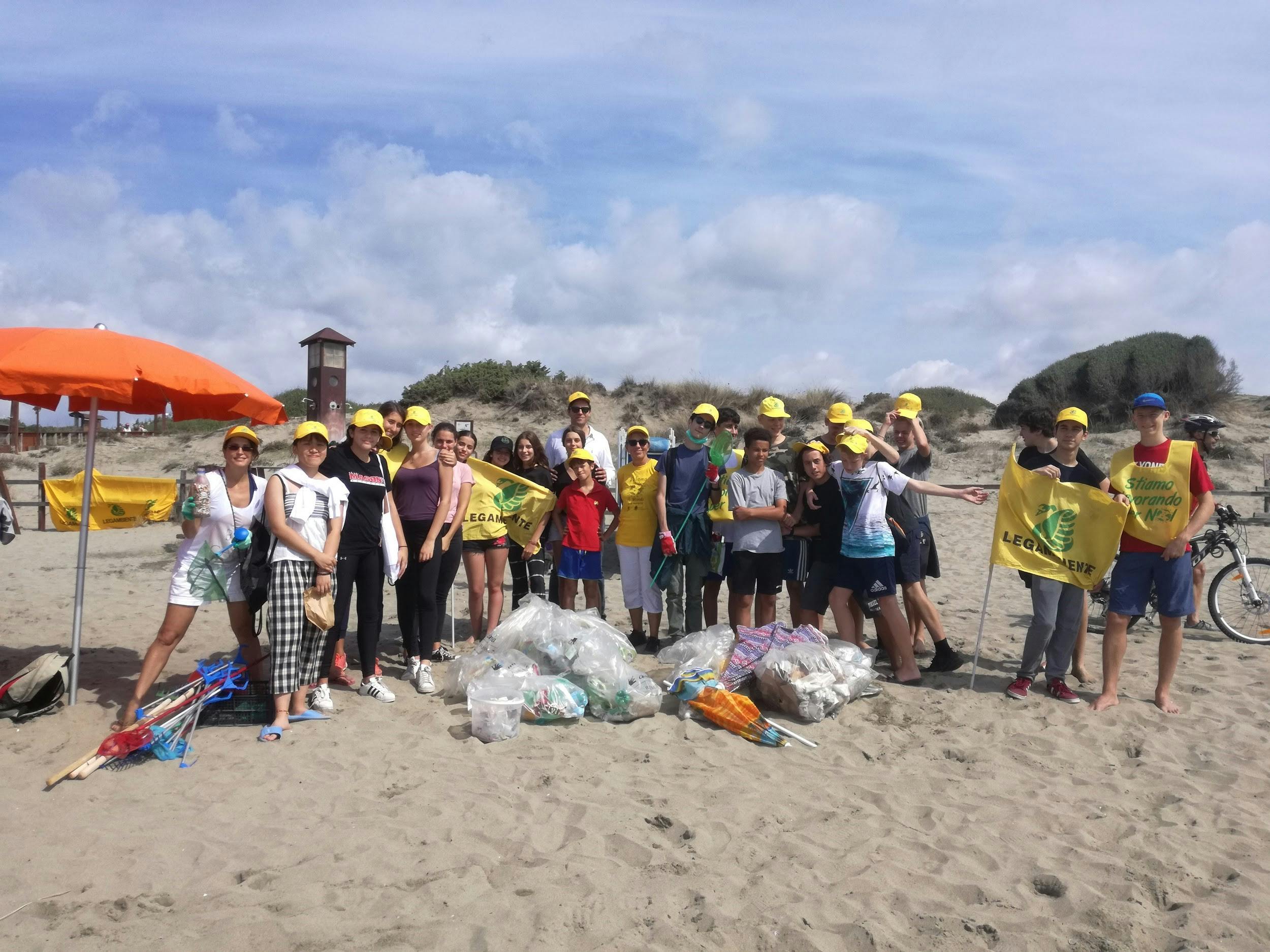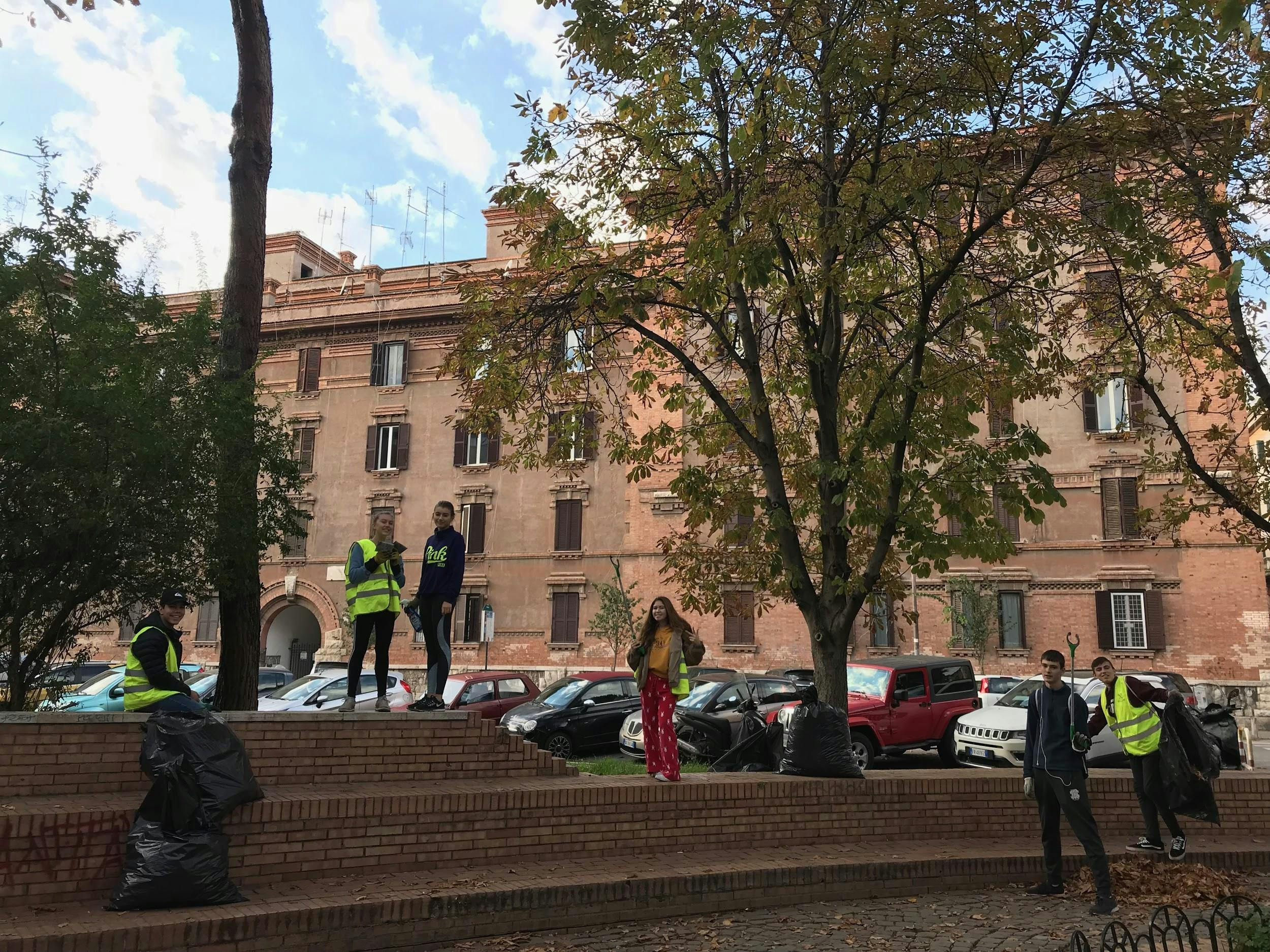
What Brings Us Together
Cultural heritage is a theme that is often taken for granted, if not forgotten altogether, especially in multicultural societies in which many of us have become accustomed to living. It is only when it is too late that we sometimes realize its value and dream of turning the dial back to our youth, when our parents could have taught us Hindi, or when we could have learned more about the journey of emigrating from the Netherlands to Canada, or when we perhaps should have accepted the study abroad program in Greece. I hope that no one from St. Stephen’s will have to endure such regrets, as the opportunities to connect to one’s own cultural heritage, or even to become immersed in another’s, are limitless.
For the 2018-19 school year at St. Stephen’s, we chose cultural heritage as a schoolwide theme to remind students, faculty, and parents of the critical importance of remembering your roots, as well as keeping an open mind regarding cultures to which one is not yet exposed. Student Council has also championed this effort by inviting speakers who share their experiences about living abroad and discuss what they have learned from that journey.
St. Stephen’s faculty have integrated the theme into their lessons. In the Sciences and Mathematics Departments, students are encouraged to learn about the settings scientists and mathematicians have embraced as a rationale for their discoveries and contributions. Language classes have been extremely successful in incorporating the year’s theme. Using literature as a natural guide, a student can explore Italy through The Leopard by Giuseppe Tomasi di Lampedusa, learn about America through The Great Gatsby by F. Scott Fitzgerald, see Ireland through Dubliners by James Joyce, examine Viking- influenced England through Beowulf, and so much more.
And in addition to living in Rome and being surround by thousands of years of history, art, literature and culture, we are likely to be the only school in Europe that closes its gates twice a year--in the fall and the spring--solely for the purpose of allowing schoolwide trips to take place. It is a rare opportunity for cultural immersion that could not be advocated for enough. Fall trips take students to an array of regions throughout Italy. No matter whether students travel to Ciociaria to learn about Cicero, to Bologna with the intention of developing an appreciation for Italian sports cars, or to Ravenna to be stunned by the mosaics that constitute part of the 10th-grade course on Medieval-Renaissance history, we always have something to bring back from the experience. Italy’s heritage is infinitely vast, so, these trips deposit small bytes of intriguing information upon which we can develop a greater understanding of the significance of our place in history.

Spring trips also provide a similar opportunity but take students beyond the confines of Italy to regions throughout Europe, the Mediterranean Basin, and West Africa. Those small bytes gathered during the fall become gigabytes of data after week-long sojourns in foreign capitals ranging from Vienna to Muscat and Reykjavik to Gorée. Customs, traditions, and conventions are explored alongside language and monuments erected to celebrate each country’s respective cultural legacy. These visits are powerful not only because they help to forge lifelong bonds among students of different nationalities but they leave an indelible imprint on the memory educating, enhancing, and expanding each student’s experience and knowledge of a world beyond their own.
As we conclude this academic year, we can look back at the multitude of perspectives we have gained access to throughout these transforming moments with a greater awareness of history and heritage as we explore that which brings us together.










